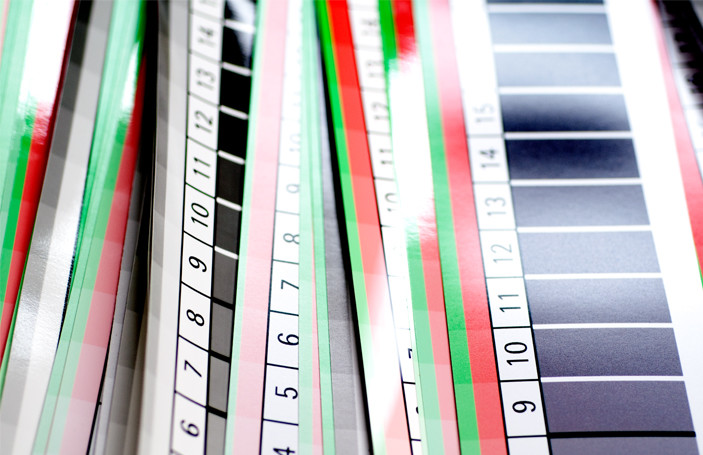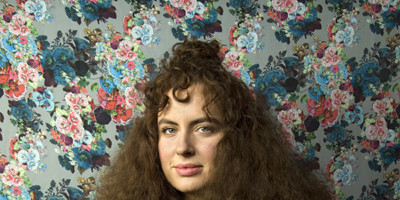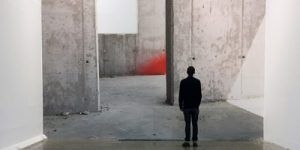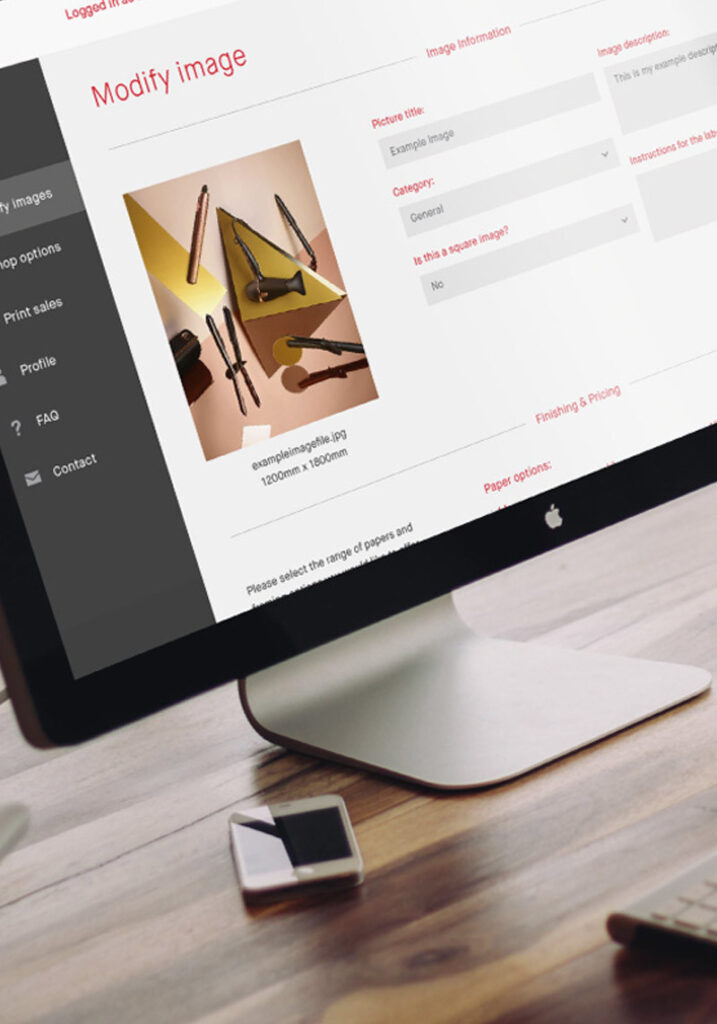Colour management is simply the methods generally used to control the colour accuracy of files and photo prints. At Metroprint we follow all four steps outlined below and one very important further step: all our printers and processors are calibrated every time we load new photo paper.
Colour management for photo prints consists of five simple steps:
1. Controlling light in your room
2. Calibrating your monitor
3. Using Adobe’s Colour Workspace
4. Previewing your file with a soft proof profile before going to print
5. View your final print in daylight conditions
To achieve maximum accuracy you should follow all four steps. The first three are all set-up, so only need to be undertaken once. The last should be used whenever you go to print if you want to be as absolutely close as possible to the lab situation.
1. A brightly lit room, a tilted screen, or just an old screen: these simple factors play havoc with predicting the final colour of your print. You should replace your monitor about every 4 years as the colour accuracy does diminish over time. We recommend CRT or LCD monitor types and bear in mind that laptops are very difficult to work with due to the changing angle of the screen. In terms of monitors: we prefer NEC, Eizo, Mac or Lacie.
2. New monitors are generally more accurate than old ones but they leave the factory with default settings that might need a tweak. Follow our simple instructions to mirror your monitor settings on your Mac or PC and you will be closer to a professional in-lab situation, giving you greater accuracy for the next two steps.
3. Photoshop uses colour ‘workspaces’ to reduce the amount of shifting taking place when a file is transferred from one format to another. You probably will have noticed the software asking if you would like to convert certain files to the default workspace? Whether or not you have set it up, you will be working in a colour workspace if you are using Photoshop. Like most printers, Metro work in the Adobe 98 colour workspace and using our simple set-up instructions you can have greater control over the colour of your files at the printing stage.
4. All printers use ‘profiles’: individually made files that calibrate a specific individual printer to one type of paper with one specific set of printer driver settings. Softproofing is a method of looking at what changes the profile will make to translate your file for the specifics of paper and printer. You can toggle between your file and the soft proof file to see how colours have changed as a result of the printer profile. By previewing these changes you can make adjustments to your file (increase the saturation of red or green for example) to allow for these changes.
5. If you are producing a large number of prints it can be useful to look at them together in one place to reduce the variation in conditions. A well-lit room in the daytime is probably the most ideal situation.






